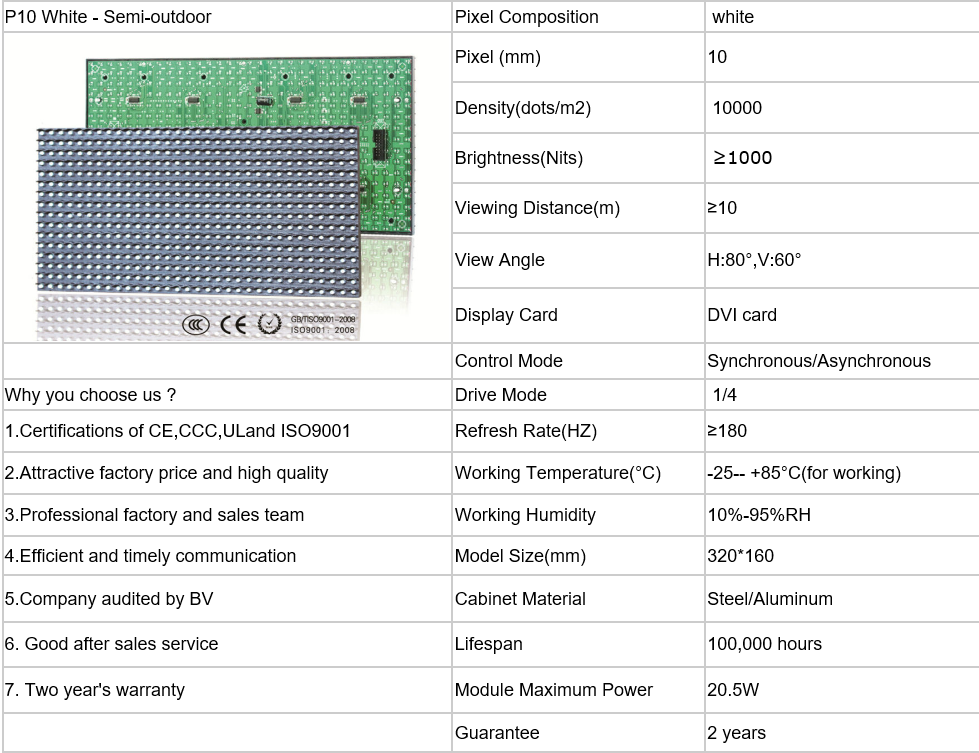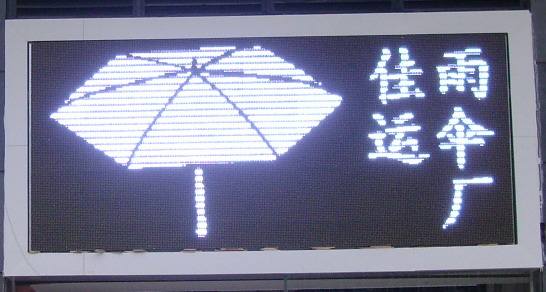Passive keyless access control, many friends in the industry may be relatively unfamiliar with this, its emergence allows the vehicle to minimize power consumption, achieve the highest security, while giving high LF sensitivity and maximum reading distance. Minimized key FOB design can be achieved with high integration, including 3D active LF front end, wake-up processor, hardware-based anti-theft and 16-bit RISC keyless access control for both RKE and PKE...
This article refers to the address: http://
Passive keyless access control works:
The key FOB will be activated once it is not in the car. The wake-up mode sent by the car via a 125 kHz link wakes up and activates the PKE device inside the key. In addition, the authentication process is initiated when the proximity switch in the door handle is touched. The vehicle will send a random number command to the key FOB and receive the returned encrypted response. If the data meets the expected response value, the vehicle will open. When the start/stop button is pressed, the authentication process is started again. The current field strength of the FOB measurement signal (RSSI) to determine its position. If the certification process is passed and the key is in the car, the engine will start.
Providing an anti-theft backup mode means starting the car with the battery running out. In this mode, the IC is powered by a 125 kHz field, eliminating the need for an external power supply.
First, the power supply support: car MOSFET
2N7002CK - 60 V, 0.3 AN Trench Trench MOSFET
ESD-protected N-channel enhancement field-effect transistors (FETs) are packaged in a small SOT23 (TO-236AB) surface mount device (SMD) plastic package with MOSFET technology. It is also an excellent choice for high speed line drivers and relay drivers...
Advantages and features:
1. Up to 3 kV ESD protection, compatible logic levels
2.Trench MOSFET technology, very fast switching
Second, LIN
TJA1020: LIN Transceiver
This device is the interface between the LIN master/slave protocol controller and the physical bus in the local interconnect network (LIN).
The protocol controller transmit data stream of the TXD input is converted to a bus signal with slew rate control and waveform shaping through the LIN transceiver to minimize EME. In normal transceiver operation, it can be switched to normal slope mode or low slope mode. In the low-slope mode, the rising and falling slopes of the LIN bus signal are reduced, further reducing the already low radiation in the normal slope mode, which is a huge application in the in-vehicle sub-network...
Advantages and features:
1. Sleep mode with local and remote wake-up features very low current consumption
2. In sleep mode, the power consumption of the TJA1020 is very low, while the power consumption is minimized in the fault mode.
3. Provides transient protection for bus terminals and battery pins in automotive environments
Third, the real time clock
TJA1041A - High Speed ​​CAN Transceiver with Standby and Sleep Mode
In the Controller Area Network (CAN) node, the device becomes the advanced interface between the protocol controller and the physical bus. It is mainly used for high-speed CAN applications in vehicles (up to 1 Mbit/s). The transceiver provides differential transmit capability to the bus and differential receive capability for the CAN controller. Fully compatible with the ISO 11898 standard and offering excellent electromagnetic compatibility (EMC) performance, extremely low power consumption and passive performance when the supply voltage is off...
Advantages and features:
1. Low-power power management, support for local and remote wake-up with wake-up source identification, and the ability to control the rest of the power in the node
2. Standby and sleep modes have very low current consumption with local and remote wake-ups that power down the entire node but still have the ability to allow local and remote wake-ups
3. Transient protection for bus pins and pin VBAT in automotive environments
Fourth, digital multiplexer
74AHC(T)157-Q100-Quad 2-Input Multiplexer
A four-input multiplexer that selects a common data selection input (S) under control and four bits of data from two sources. Enable input (E) is active low. When E is high, all outputs (1Y to 4Y) are forced low with all other input conditions. It can also be used as a function generator. The device is used to generate highly irregular logic circuits by generating 16 different functions of the two variables, any four and one variable together...
Advantages and features:
1. Temperature range is -40°C to +85°C and -40°C to +125°C
2. All inputs have a Schmitt trigger action
3. With ESD protection, input level: CMOS level, TTL level
Five, LCD driver
PCA2117DUGR - Car LCD driver for character display
A low power liquid crystal display (LCD) controller and driver. The device is specifically designed to drive LCD dot matrix displays that display 20 characters in 2 lines or 40 characters in 1 line in a 5 x 8 dot format. In addition, you can display 200 icons. The chip contains a character generator and displays alphanumeric characters and characters. The built-in generation LCD drive voltage boost circuit integrates the required capacitance for boosting. Programmable temperature compensation of the LCD supply voltage is also provided to ensure optimum and stable contrast over temperature. Easily connect to a microprocessor via a 2-wire I2C bus or a 4-wire bidirectional SPI bus...
Advantages and features:
1. Programmable 4, 3 or 2 times voltage multiplier that generates LCD supply voltage (or external supply voltage)
2. Read RAM and all registers
3. Direct mode saves current consumption of icon mode and multiplex drive mode 1:9
Sixth, LCD segment driver
PCA85176 - Low multiplex rate automotive LCD driver
A peripheral device that can connect to almost any low-multiplexing liquid crystal display (LCD). Drive signals can be generated for any static or multiplexed LCD containing up to 4 backplanes and 40 segments. Convenient cascading for large LCD applications. It is also compatible with most microcontrollers and communicates over a two-wire bidirectional I2C bus. Minimize communication overhead with display RAM with auto-increment addressing, hardware slave address addressing, and display memory switching (static and multiplexed drive modes)...
Advantages and features:
1. Universal flash mode, independent power supply for LCD and logic voltage
2. Auto-increment display data load, static and 1/2 drive mode display memory bank switching across device subaddress boundaries
3. Internal LCD bias generation with voltage follower buffer
Seven, other
1RF transceiver
2 microcontroller
3LF antenna driver
4 base station: repeater backup
5 display
This solution is NXP's fourth-generation passive keyless entry system solution with an ultra-low-power 16-bit RISC controller core and EROM for longer battery life.
At the same time with rapid prototyping and easy system integration and higher sensitivity, 3D passive operation for anti-theft backup lines... At the same time, the biggest highlight is that the car key can interact with the card reader and mobile phone to achieve a variety of new applications. Car status information can be displayed on the phone or can be pre-planned and saved on the car key...
More than 10 years we are professional in manufacturing the single color Led Display in Shenzhen, China. We provide customized single color LED display board, and the single color LED display screen with excellent brightness and color performance, which are prefered by customers worldwide. According to customers' requirement, our Outdoor Single Color LED Display and Indoor Single Color LED Display can provide two ways of broadcasting, synchronous and asynchronous.



Single Color Led Display,Led Single Color Display,Single Color Matrix Led Display,Led Board Display
Shenzhen Joy LED Display Co., Ltd. , https://www.joe-led.com